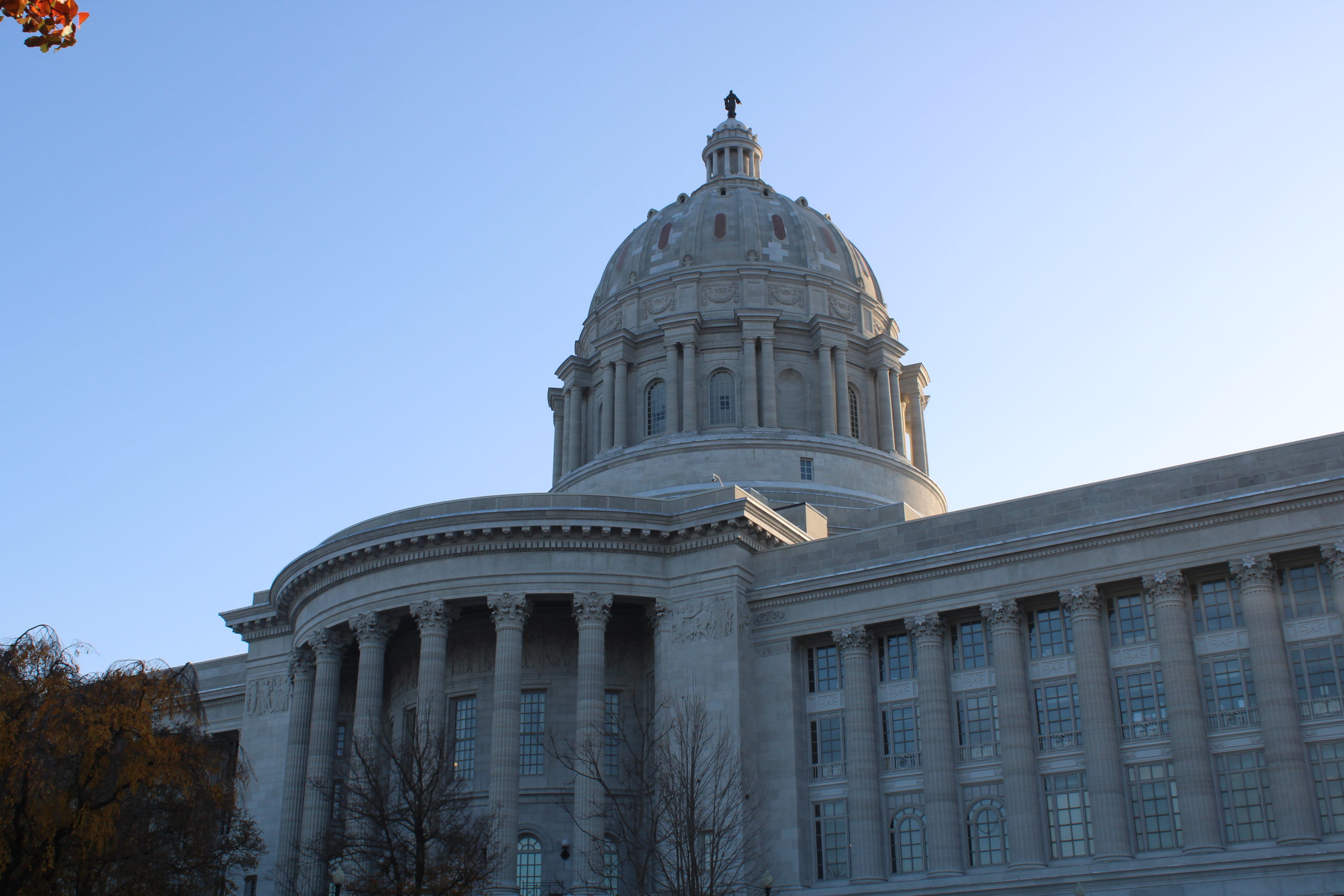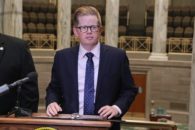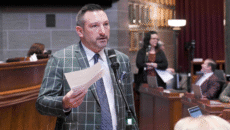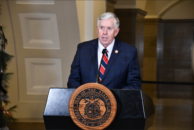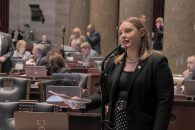With new census data finally available and elections coming up next year, the redistricting process is in full swing in Missouri.
After delays due to COVID-19, population data is available and ready to be translated into new maps. The state’s population grew to exceed 6 million, per the 2020 data, with more people living in larger communities while smaller communities shrink. Both congressional and legislative maps will need to change drastically to accommodate the population shifts, according to State Demographer Matt Hesser.
Maps are required to be as equal in population as possible, with no more than 1 percent deviation from the average population and up to 3 percent deviation to follow political boundaries. They cannot hamper a particular group’s ability to vote, must preserve counties as much as possible, and should be drawn for partisan fairness.
“Good maps mean good representation, and that will mean that our communities will get the resources and policies they deserve,” Fair Maps Missouri spokesman and Democratic consultant Sean Soendker Nicholson told The Missouri Times. “Beyond the hearings, the tools for drawing maps and evaluating plans are so much more powerful and accessible than they’ve ever been. We’re going to live in these districts for a decade, and it’s so important that map-makers get it right.”
With all eyes on the redistricting commissions and the General Assembly over the next few months, here’s a look at Missouri’s map-drawing process and the road ahead.
Legislative maps
Hesser said there would be substantial changes to state legislative districts, with some districts seeing population gains or losses of about 10,000 people. Hesser said the new maps would have to account for population loss in the southern part of the state while the Kansas City region saw substantial growth.
St. Louis was the only metropolitan region that reported a decrease in population over the decade.
The process is being handled by two bipartisan commissions, one for each chamber. The 40-member commissions were appointed by Gov. Mike Parson earlier this year and are an even mix of Republicans and Democrats. They convened for the first time in August for an organizational meeting.
The Senate commission will hear its first round of testimony in St. Louis on Saturday, while the House commission will gather testimony there on Thursday. Both commissions will convene in Springfield Monday, traveling to Kansas City on Tuesday. Witnesses are given the option of submitting testimony forms rather than appearing in person due to the pandemic.
The commissions have until Dec. 23 to submit a tentative plan for both chambers with the Secretary of State’s Office and then have until Jan. 23 to finalize their work.
If either or both commissions do not submit a final plan with at least 14 members signed on, the Missouri Supreme Court will appoint a six-member commission of appellate judges to submit finalized plans with the Secretary of State’s Office within 90 days of the commissions’ discharge.
Missouri’s legislative redistricting process has fluctuated since the last census, finally settling on the current version with the passage of Amendment 3 last year.
While a constitutional amendment enacted by voters in 2018 established a nonpartisan state demographer position to redraw the maps, the redistricting process now falls to the two commissions. Appointed commissions had handled the process before the back and forth.
Congressional maps
Missouri is set to retain its eight congressional seats, according to the apportionment results released earlier this year, while it lost one after the 2010 census data. The maps are still expected to change drastically: CD 1 and CD 8 will need about 50,000 more people each to balance the state while surrounding districts do not have the population to lend, Hesser said in September.
Congressional maps fall to the legislature to draw, following the same legislative process as any other bill, again falling to the courts if a consensus is not reached. A version must be TAFP’d and signed by the governor or handed down by the courts by March 28.
The House Special Committee on Redistricting began its work in March, taking testimony from witnesses from each congressional district in the hopes of having a bill ready to file by the beginning of session.
“Our goal isn’t to draw maps for the candidates but for the voters of Missouri to make sure there’s good representation,” Chairman Dan Shaul, a Republican, said. “This might be more high-profile than a regular bill, but we’re committed to doing this right and I’m confident we can get it done without the input of the judicial system.”
While Shaul expressed hope the governor would call an extraordinary session to accomplish the task well ahead of the deadline, Parson has not done so up to this point.

